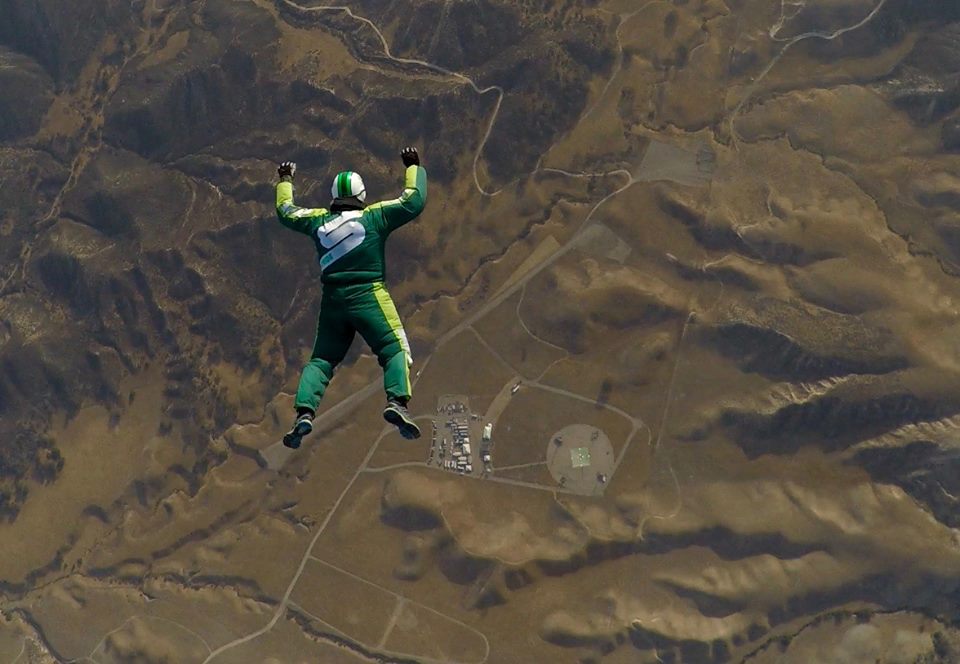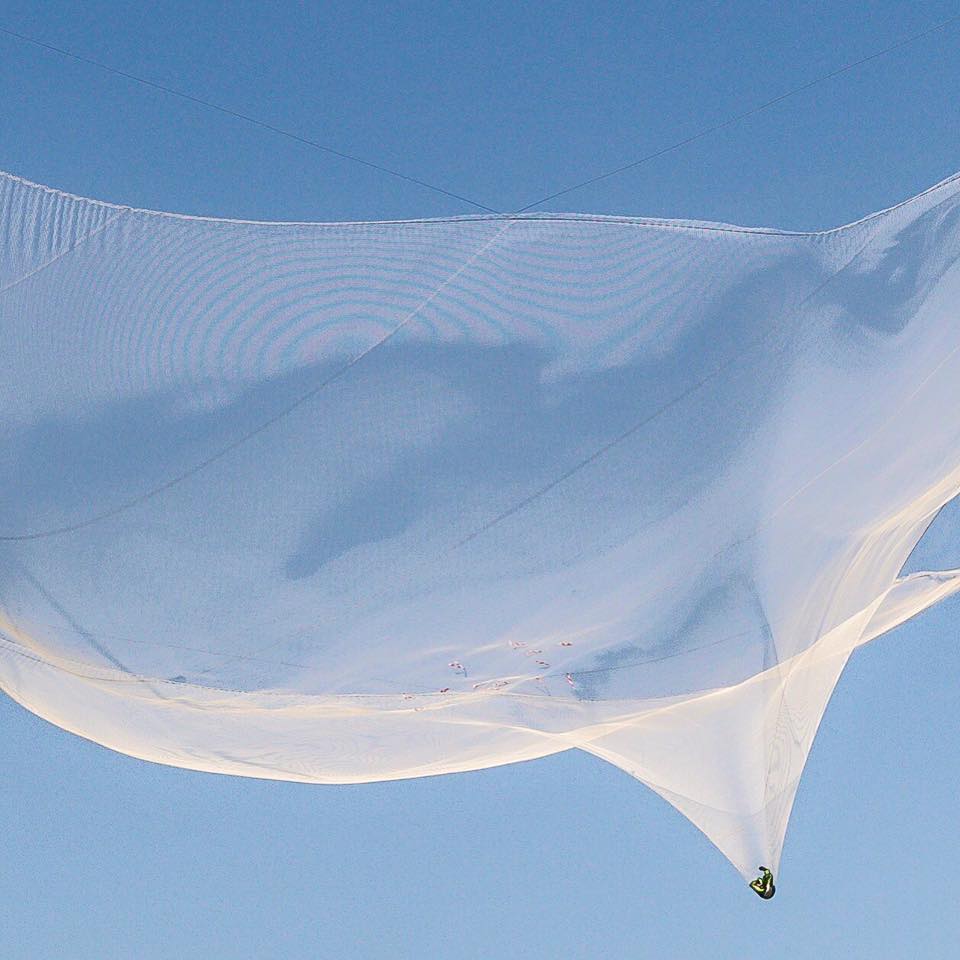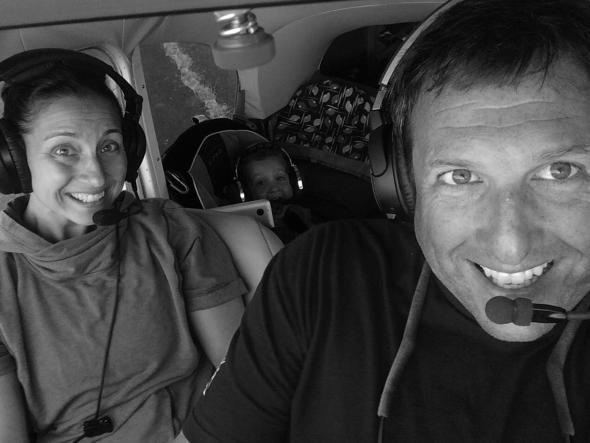
With more than 16,000 jumps to his credit, professional skydiver Luke Aikins has performed many heart-stopping stunts, but his latest feat tops them all. On July 30, 2016, the 42-year-old daredevil became the first man in the world to leap off a plane from an altitude of 25,000 feet without a wingsuit or parachute! Instead, he relied on a net that measured 100-by-100-feet, or less than one-third the size of a football field, to break his fall and help him land safely.
The stunt, aptly named “Heaven Sent,” was so dangerous that the United States Parachute Association (USPA) initially denied the skydiver’s request to jump without a parachute. However, the association had a change of heart just minutes before the event, which meant that Akins had no backup during the historic leap.

Fortunately, everything went as planned. On Saturday evening, cheered on by family and friends that had gathered at California’s Simi Valley, Aikins boarded the Cessna airplane that would fly him to the desired altitude. Shortly after, they, along with millions of others watching on television, held their breath as Aikins plummeted toward the ground, face first, with his arms outstretched. At about 10,000 feet, the skydiver handed his oxygen mask to one of two team members who were doing the jump as well. They, of course, had parachutes!
He then continued the perilous journey by using air currents to direct his body and a GPS helmet to guide him towards the awaiting net. Flying at speeds of up to 120mph, Aikins flipped onto his back before gracefully landing into the net.

How did Aikins accomplish such a dangerous feat and emerge unscathed? Extensive skydiving experience played a significant role in his success. Besides being a professional skydiver, the fearless man is also a trainer and safety advisor for the USPA where he teaches elite military personnel how to skydive. Even more impressive? The intrepid Aikins was the stuntman for Robert Downey Jr. in “Iron Man 3.”
But even with all these accomplishments under his belt, Aikins was not sure he could, or even wanted to, perform this dangerous stunt. He only began to consider it after spending a few weeks consulting with engineers who assured him that it was feasible. Then began two years of meticulous preparation and training to ensure the jump would be a success.

One of the most important aspects of the preparation was the design of the net, or “Fly Trap,” into which Aikins would land. Suspended high above the ground by four 200-foot tall cranes, Fly Trap was constructed using a unique high-density polyethylene cord that is twice as strong as steel but completely inelastic. This meant that Aikins didn’t feel any elasticity from the net itself when he landed. Instead, the force of the skydiver’s plummeting body was absorbed by the four compressed air cylinders that were attached to the landing net via pulleys.
Fly Trap’s perimeter and the 28-foot-by-28-foot square near the center that Aikins called the “sweet spot” were fitted with lights similar to those used to guide planes on airport runways. The lights that pointed straight up, gave off a red beam whenever Aikins veered off target. This warned the skydiver that he needed to change his trajectory back toward the middle of the Fly Trap. For added protection, the skydiver also wore headphones that alerted him every time he “flew” off course with a series of beeps.

While breaking the fall gently was certainly important, what was even more so was the skydiver’s landing position. Just a few seconds prior to hitting the net, Aikins turned around so that he would land on his back. This enabled his body to bend in the direction the back is most flexible — toward the front, thus preventing the likelihood of sustaining a severe spine injury.
Though Luke Aikins will forever be remembered as the first man to jump from a plane without the safety of a parachute, he does caution even veteran skydivers against attempting this stunt. In other words, don’t even dream of trying it at home!
Resources: npr.com, eonline.com, nationalgeographic.com,csmonitor.com